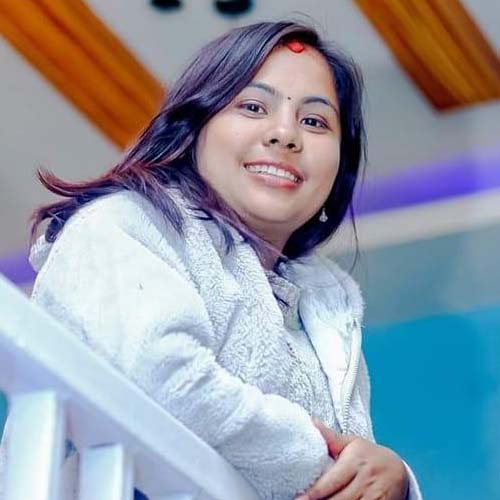Money
Youths in Kavre seek their fortune in animal husbandry
Young farmers say they need training programmes to begin commercial animal husbandry.
Jyoti Shrestha
When Dipak Timalsina of Kavre decided to begin a career in animal husbandry around two months ago, most people in his village questioned his choice.
Timalsina, 27, who is studying for a Masters in Business Studies at a local college, has 11 buffaloes–-six local and five Murrah–and five cows–four Holstein and a Jersey cow, on his farm.
“Most of the villagers advised me to engage in an occupation that suited my educational qualifications,” Timilsina said. “But, I made up my mind on rearing cattle.”
Timalsina built the necessary structures on his 10 aana of land to start a farm.
He has invested around Rs4 million, which he borrowed from the villagers. He currently produces 130 to 150 litres of milk daily.
“I am making around Rs15,000 a day, selling milk,” said Timalsina. Last month, according to Timalsina, he earned Rs400,000. “I saved almost half the earnings.”
People who had questioned my decision earlier, now have started to admire my work, he said.
Every morning, Timalsina wakes up before dawn and works in his cattle shed.
As soon as he finishes milking the cattle, he rushes to join his fourth-semester classes which begin at 6 in the morning.
Timalsina is least worried about the market as traders visit his farm every morning to collect the milk.
“Before starting my venture, I watched a lot of videos on animal husbandry on Youtube. I consulted with many farmers before establishing the farm,” said Timalsina.
Timalsina plans to add more cows and buffaloes to his farm and start grass farming as well in the coming days.
Rupa Koirala Adhikari, 31, and her husband from Ghaderi village at Bethanchok-3 have been involved in commercial animal husbandry for the past two years.
The couple started with two buffaloes, and now rear four buffaloes and three cows.
They operate the Adhikari Agriculture and Livestock Farm.
They currently produce around 40 litres of milk daily. “Normally, our farm produces around 70 litres of milk daily.”
The couple earns around Rs100,000 per month. They save Rs60,000 every month, according to Rupa.
The farmers believe training programmes for commercial animal husbandry would help them expand their farms and increase earnings.
“We have been, more or less, rearing livestock in the same way as our forefathers did,” said Rupa. “We need more technical knowledge and skills for commercial animal husbandry.”
Anil Lopchan, 23, from Bhanjyang Kharka in Bethanchok-4 was a student in Kathmandu until two years ago.
Lopchan returned to his village following the spread of Covid-19.
Fed up with countless struggles in the city areas, Lopchan finally decided to start commercial goat farming in his village.
He currently has 13 goats and three kids.
Lopchan recently made Rs80,000 by selling five goats.
“It did not require much investment as my family already had two goats,” Lopchan said. “I only had to spend some amount on building the goat pen and growing grass for their fodder.”
The farmers said the government needs to invest in capacity building, training and skill development programmes for the youths to encourage them to take up commercial animal husbandry.
Bhagwan Adhikari, chairman of Bethanchok Rural Municipality, said that they have been conducting various programmes to attract more youths to commercial farming and animal husbandry.
“We are in the process of signing an agreement with the Global IME Bank for providing a concessional loan at a 5 percent interest rate to encourage youths towards farm and animal husbandry,” said Adhikari.
Around 8,500 litres of milk are produced daily in the rural municipality, Adhikari added.
Milk and vegetables worth Rs600,000 and Rs500,000, respectively, are supplied from Kavre to the Kathmandu Valley daily.




 8.12°C Kathmandu
8.12°C Kathmandu















